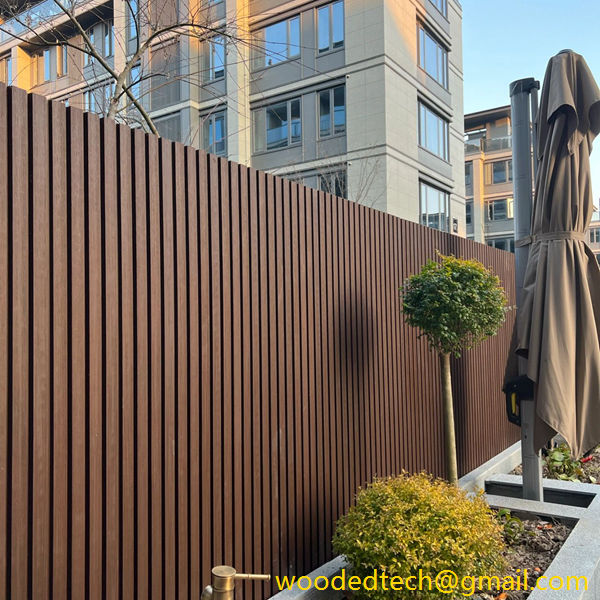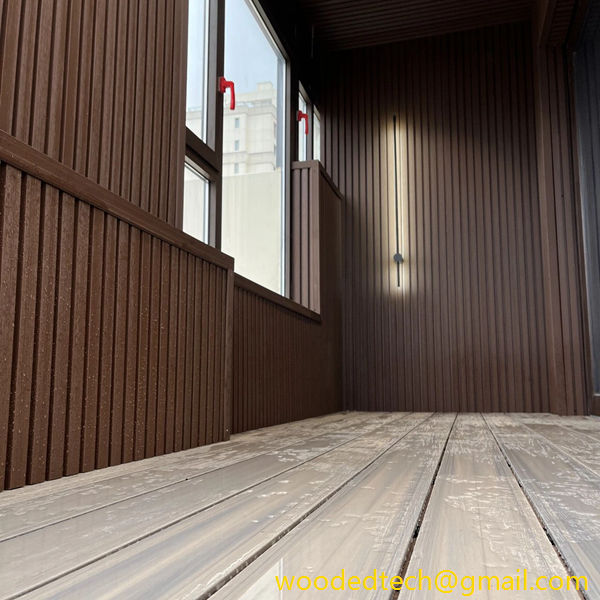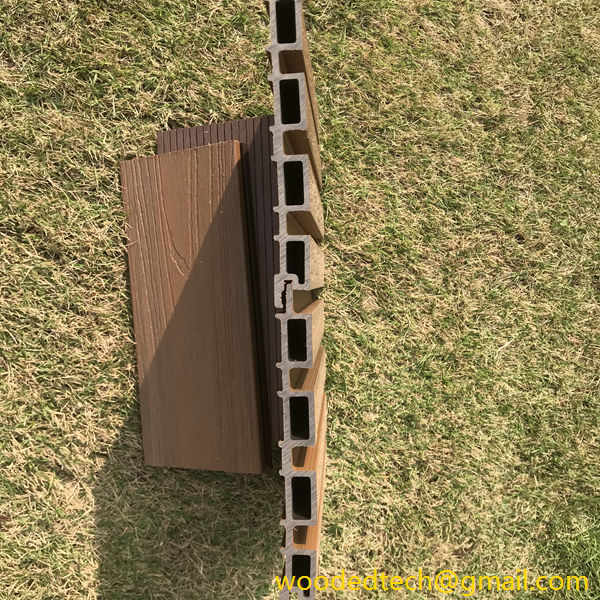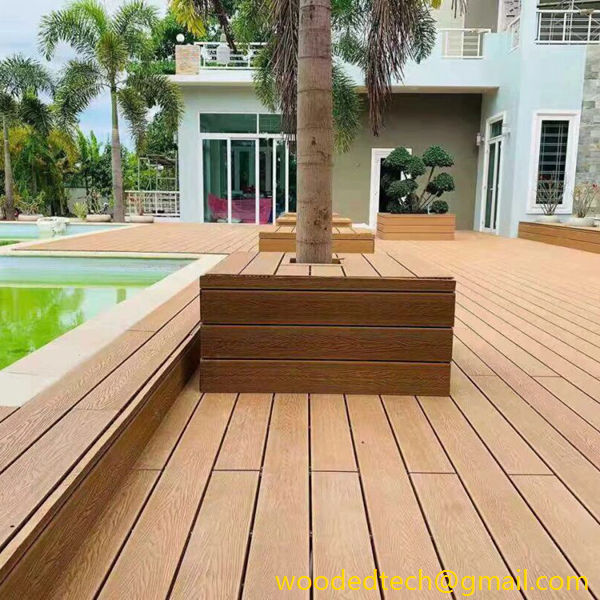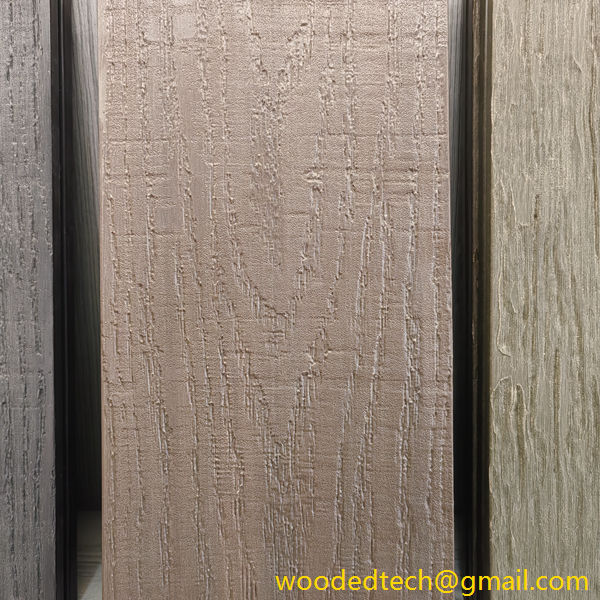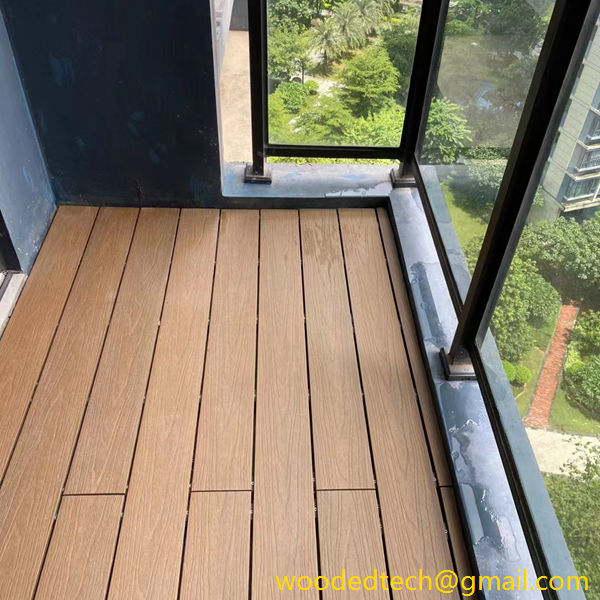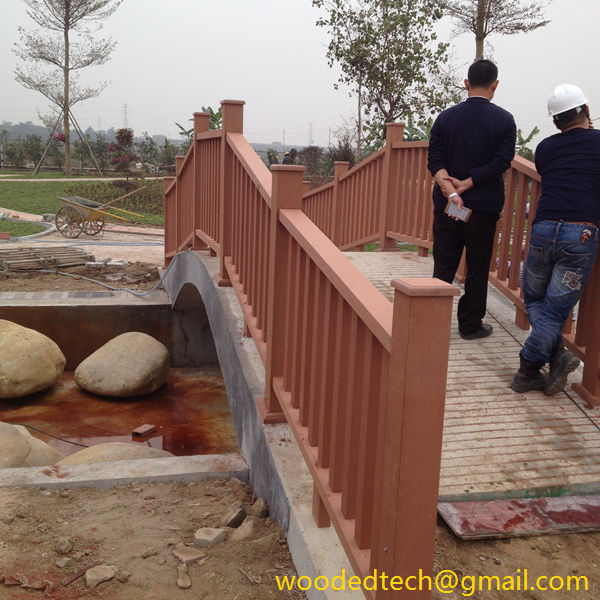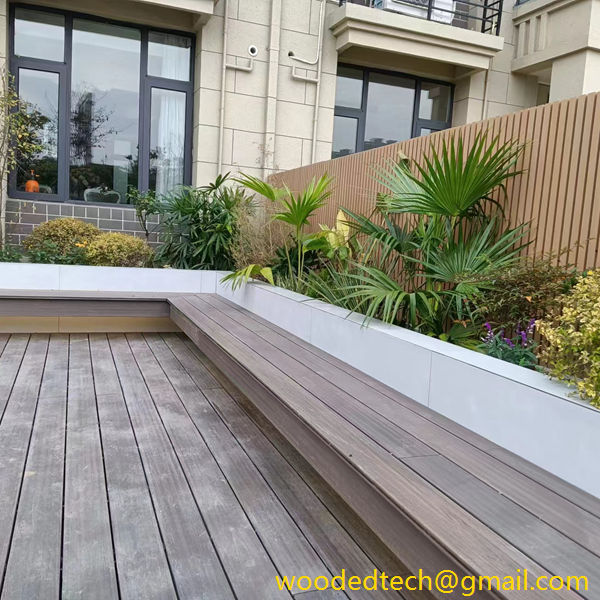Understanding WPC Wall Cladding Texture for Aesthetic Appeal
Understanding WPC Wall Cladding Texture for Aesthetic Appeal Wood Plastic Composite (WPC) wall cladding has become increasingly popular in contemporary architecture and design, largely due to its versatility and aesthetic appeal. WPC is an innovative material that combines the natural beauty of wood with the durability and maintenance benefits of plastic. This unique blend offers…
Understanding WPC Wall Cladding Texture for Aesthetic Appeal
Wood Plastic Composite (WPC) wall cladding has become increasingly popular in contemporary architecture and design, largely due to its versatility and aesthetic appeal. WPC is an innovative material that combines the natural beauty of wood with the durability and maintenance benefits of plastic. This unique blend offers a wide range of customizable textures and finishes that can significantly enhance the visual impact of both commercial and residential spaces.
One of the defining characteristics of WPC wall cladding is its ability to mimic the appearance of traditional wood without the associated drawbacks. In the past, wood was the go-to choice for wall cladding due to its warmth and natural beauty. However, it often required significant maintenance, including regular painting, staining, and sealing, to withstand the elements. WPC provides an alternative that retains the aesthetic qualities of wood while offering superior resistance to moisture, fading, and pests.
In terms of texture, WPC wall cladding is available in various finishes, allowing designers and homeowners to achieve their desired look. Common textures include smooth, brushed, embossed, and grooved surfaces. Each texture can dramatically change the overall feel of a space. For instance, a smooth finish conveys a modern and sleek aesthetic, making it suitable for contemporary designs. In contrast, a brushed or embossed texture adds depth and character, making it ideal for rustic or traditional settings.
The color options for WPC wall cladding are also remarkably diverse. Manufacturers often produce WPC boards in a wide range of colors, from natural wood tones to vibrant hues. This broad palette allows for creative freedom when designing interiors or exteriors. For those who prefer a more organic look, shades like cedar, mahogany, and oak can create a warm and inviting atmosphere. Alternatively, bolder colors such as deep blues or greens can serve as striking focal points, enhancing the overall design of a building.
One of the most significant advantages of WPC wall cladding is its ability to be customized not just in terms of color and texture but also in profile and size. Different profiles can create distinct visual effects. For example, wider boards can evoke a sense of grandeur and spaciousness, while narrower boards can introduce a sense of intimacy and coziness. Additionally, WPC can be cut and shaped into various sizes, allowing for unique applications that fit specific design needs.
Beyond its aesthetic versatility, WPC wall cladding is also an environmentally friendly choice. Many manufacturers use recycled materials in their production processes, contributing to sustainability efforts. By choosing WPC, homeowners and businesses can reduce their ecological footprint while enjoying the benefits of a beautiful and durable material. Furthermore, the longevity of WPC means that it is less likely to require replacement, further reducing waste over time.
Installation is another area where WPC wall cladding shines. The lightweight nature of WPC panels makes them easier to handle and install compared to traditional wood cladding. This ease of installation can lead to cost savings in labor and time, making WPC an attractive option for both DIY enthusiasts and professional contractors. Additionally, many WPC products feature interlocking systems that simplify the installation process and create a seamless appearance.
WPC wall cladding is not only suitable for exterior applications but also for interior settings. In modern homes, WPC can be used to create feature walls, accent areas, or even entire rooms clad in this versatile material. The combination of various textures and colors can add layers of interest to interior spaces, creating a dynamic atmosphere that reflects the homeowner’s style and personality.
As consumer preferences shift towards more sustainable and low-maintenance building materials, WPC wall cladding continues to gain traction in the construction and design industries. Its customizable nature allows architects and designers to push creative boundaries, resulting in innovative designs that stand out in a crowded marketplace.
In conclusion, WPC wall cladding offers an exceptional combination of aesthetic appeal, durability, and customization options. Its ability to mimic the beauty of wood, combined with a wide range of textures, colors, and profiles, makes it an ideal choice for those looking to enhance their living or working spaces. With its environmentally friendly attributes and ease of installation, WPC is poised to remain a popular choice in the world of architecture and interior design for years to come. Whether for a modern commercial building or a cozy residential home, WPC wall cladding provides the perfect blend of form and function, ensuring that spaces are not only beautiful but also practical and sustainable.

